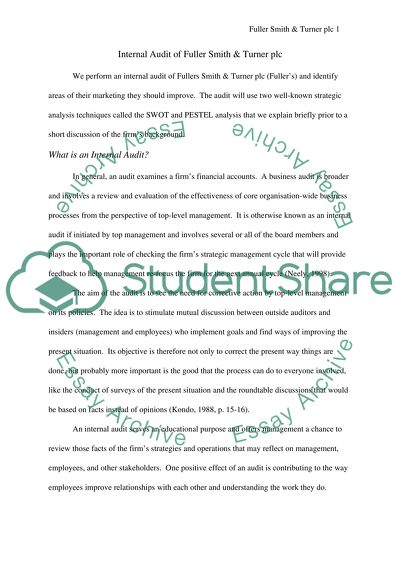Cite this document
(“Internal Audit of Fuller Smith & Turner plc Essay”, n.d.)
Internal Audit of Fuller Smith & Turner plc Essay. Retrieved from https://studentshare.org/miscellaneous/1531051-internal-audit-of-fuller-smith-turner-plc
Internal Audit of Fuller Smith & Turner plc Essay. Retrieved from https://studentshare.org/miscellaneous/1531051-internal-audit-of-fuller-smith-turner-plc
(Internal Audit of Fuller Smith & Turner Plc Essay)
Internal Audit of Fuller Smith & Turner Plc Essay. https://studentshare.org/miscellaneous/1531051-internal-audit-of-fuller-smith-turner-plc.
Internal Audit of Fuller Smith & Turner Plc Essay. https://studentshare.org/miscellaneous/1531051-internal-audit-of-fuller-smith-turner-plc.
“Internal Audit of Fuller Smith & Turner Plc Essay”, n.d. https://studentshare.org/miscellaneous/1531051-internal-audit-of-fuller-smith-turner-plc.


